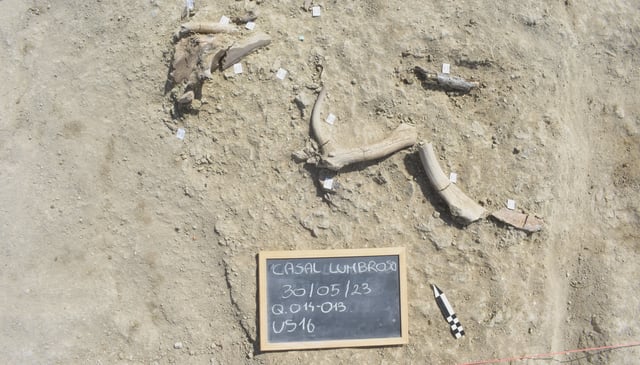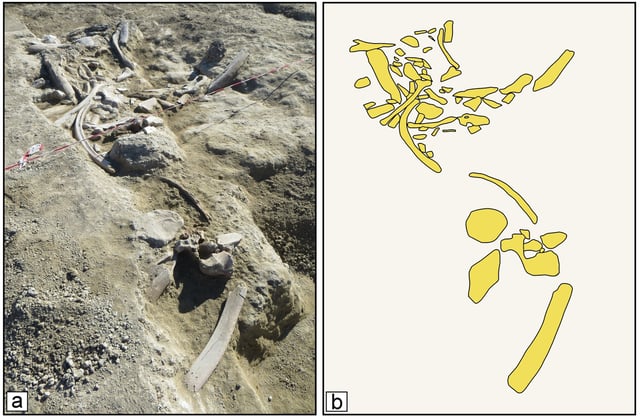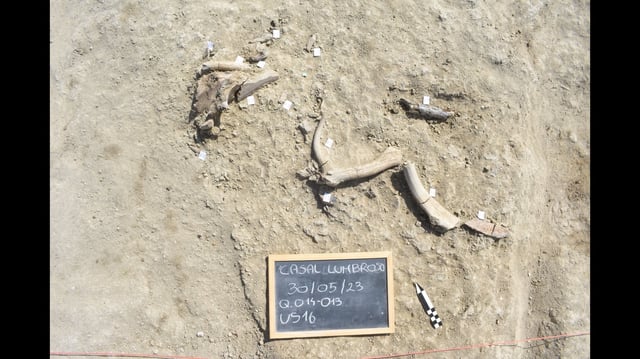Overview
- Researchers documented more than 300 bones from a single straight‑tusked elephant at Casal Lumbroso alongside over 500 stone tools.
- Taphonomic analysis shows fresh post‑mortem fractures with blunt‑force impact marks, indicating carcass processing soon after death.
- Most lithic implements were under 30 millimeters long, consistent with soft‑tissue butchery that left few cut marks on bone surfaces.
- Several elephant bones were deliberately modified into larger tools, demonstrating systematic reuse of carcass materials.
- Ash‑layer correlations date the assemblage to about 404,000 years ago, and the PLOS One study reports comparable site patterns across central Italy.



